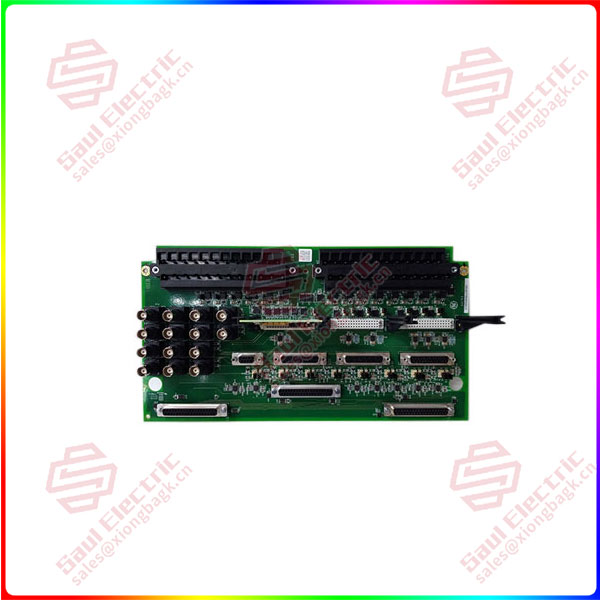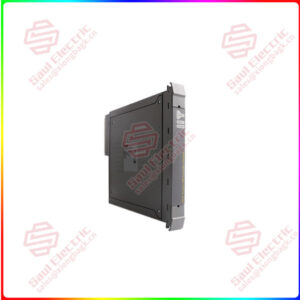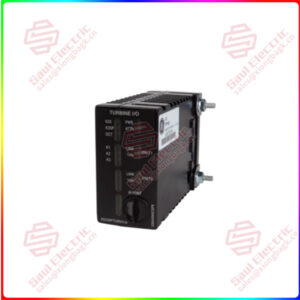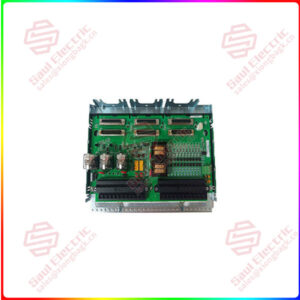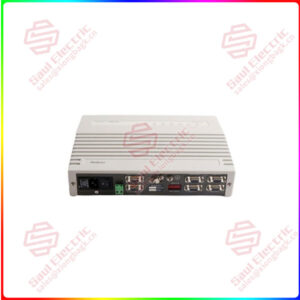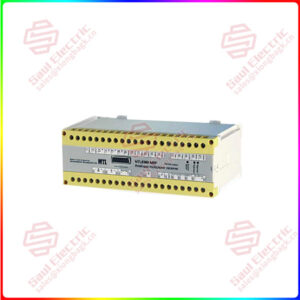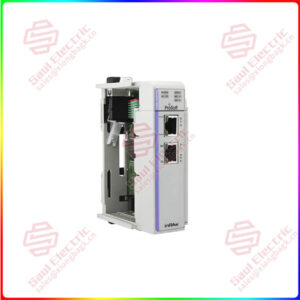Description
Overview
Essential details:IS200VRTDH1DAC VMR GENERAL ELECTRIC RTD BOARD
lf you need to inquire or purchase ,please send the product models to my email or call medirectly .
sunny He
[Email] sales@saulcontrol.com
[Mobile] 86-18059884797
[WhatsApp] 86-18059884797
[Skype] sales@saulcontrol.com
IS200VRTDH1DAC VMR GENERAL ELECTRIC RTD BOARD
Installation, Operation, and Jumper Configuration
- The board accepts 14 sensor inputs, which are directly connected to two 24-point I/O terminal blocks. Each block is held together by two screws that accept wires up to 12 AWG.
- Each terminal block has its own shield termination attachment point. Only 13 of the 14 channels can be processed by the I/O pack. The 14th channel is routed to the buffered output stage, where it is used by Bently Nevada equipment (with TVBAH2A, H2B, S2A, or S2B).
Installation
The installation process for the TVBA (Transducer Voltage Bias Assembly) involves various components and connections to ensure the system functions correctly. Here’s an in-depth explanation of the installation procedure:
Sensor Inputs:
- The TVBA accepts a total of 14 sensor inputs.
- These sensor inputs are wired directly to two I/O terminal blocks, with each block securely fastened using two screws.
- Each terminal block is equipped with 24 terminals designed to accept wires as large as #12 AWG, ensuring the capacity to handle a variety of wire sizes.
- Adjacent to each terminal block, a shield termination attachment point is provided. This point plays a crucial role in grounding and electromagnetic shielding, maintaining signal integrity.
Input Channels 1-8:
- These channels support various sensors, including Proximitors, Seismics, Accelerometers (only in channels 1, 2, and 3), and Velomitors.
- A current-limited -24V power supply is allocated per channel, ensuring that sensor components receive stable power.
- JPxA jumpers are available for configuring open circuit checks and providing a constant 3mA current feed for Velomitors.
- JPxB configurations are available to set the JA1 and JB1 outputs for compatibility with the Bently Nevada 3500 rack.
- JPxC configurations enable PR0xL to be set as Open for true differential input or connected to PCOM for a -24V return.
Input Channels 9-12:
- These channels exclusively support Proximitors sensors.
- Each channel is equipped with a current-limited -24V power supply.
- No jumper configuration is required for these channels.
Input Channel 13:
- Channel 13 supports Proximitors or Keyphasor proximity sensors.
- Similar to other channels, it features a current-limited -24V power supply.
- No jumper configurations are necessary for this channel.
-28V Power Supply Board (WNPS):
- The WNPS board plays a vital role in the installation, converting the +28V power supply from the PVIB (Proximitor/Velomitor Interface Board) to the -28V power required by the current-limited -24V outputs.
- There is one WNPS board allocated per PVIB.
- Each WNPS board is equipped with independent +28V inputs and a common -28V bus shared among all three WNPS boards.
Operation
- The TVBA (Transducer Voltage Bias Assembly) is designed to accommodate and support a total of 14 sensor connections. These connections are categorized into different types and serve various monitoring and feedback purposes within the system. Here’s a concise description of the supported sensor connections:
- Vibration or Position Sensors (Circuits 1 through 8): The TVBA provides support for eight sensor circuits designed for Vibration or Position sensing. These circuits are versatile and can monitor a range of parameters related to vibration and position within the system.
- Position Sensors (Circuits 9 through 12): Four sensor circuits, numbered 9 through 12, are dedicated solely to Position sensing. These circuits are optimized for precise position monitoring applications.
- Reference Probe (Keyphasor) or Position Sensor (Circuit 13): Circuit 13 offers flexibility by accommodating either a Reference Probe (Keyphasor) or a Position Sensor. This adaptability allows for monitoring critical system parameters or serving as a reference point for specific applications.
- Reference Probe (Keyphasor) or Position Sensor (Circuit 14): Circuit 14 is specialized for use with the Bently Nevada 3500 interface, supporting either a Reference Probe (Keyphasor) or a Position Sensor. This interface is tailored to meet the specific requirements of the Bently Nevada 3500 system.


 1 Year Warranty
1 Year Warranty
